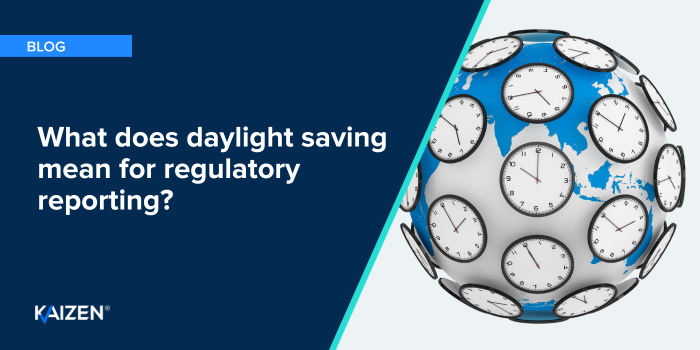FCA update: Reporting under UK EMIR and transition from LIBOR

Seven months into 2021, and the industry continues to receive updates on UK EMIR and EMIR. In the past week we’ve had an update from the Financial Conduct Authority (FCA) on UK EMIR. Before we look at the technical update, I wanted to note the FCA’s closing statement where they continue to reference their ‘proportionate and risk-based’ language:
“While we expect you to make the necessary preparations to ensure the relevant UK EMIR reports are updated in a timely manner, we will apply our supervisory powers for this requirement in a proportionate and risk-based manner.”
The FCA uses this language across many of their publications, including the Supervision Section of the FCA Handbook. However, given that they’ve used it in consecutive updates (see March 2021), could the FCA finally be getting ready to show its teeth when it comes to UK EMIR?
Now onto the fun of the guidance they’ve provided as part of their UK EMIR update. This time we see the FCA’s guidance/rules on using a fallback reference rate in place of LIBOR and how they expect this to be reported under UK EMIR. The important and relevant updates are summarised below:
Reporting of fallbacks in accordance with the ISDA protocol
- The FCA guides us here by stating that when reporting a fallback reference rate that action type M should be used. The application of the fallback reference rate should be reflected in field 2.55 (floating rate leg 1) and as applicable in floating rate leg 2 by adding the suffix “fallback” to the four-letter code that described the floating rate prior to the application of the fallback. The example that is provided on the FCA’s page is “LIBO” should be changed to “LIBOfallback”
- If an ISIN has been used prior to the application of the fallback, then this should be updated to reflect the update to the reference rate. If an ISIN is not available/cannot be generated then the FCA is not expecting an update here.
- We all know that data quality issues persist under EMIR, and the FCA is showing appreciation and how this will work in practice as part of this UK update. They have noted that in order to mitigate data quality issues, including matching issues, that the modifications should be reported no later than the working day after the application of the fallback. This is the day when all LIBOR settings will cease.
The examples provided are for Sterling, Euro, Swiss Franc and Japanese Yen where the modification should be reported one working day after 31 December 2021.
In the case of US Dollar, the modification should be reported one working day after 30 June 2023.
Reporting of bespoke fallbacks
- Where fallback rates are agreed on a bespoke basis, the FCA guidance here is to report modifications consistent with the above.
Reporting where a reference rate is otherwise amended
- The FCA also notes that where the terms of a contract are changed that an alternative reference rate (e.g. SONIA) applies in place of LIBOR then this is also a reportable modification under UK EMIR.
- Once again, the expectation here is to use action type M where a reference rate is amended, and also update all relevant fields to that contract. The Trade ID should remain the same.
- To read the latest FCA EMIR update visit its website.
- The FCA has also released a consultation on EMIR Refit this week. Find out more on its website.
- For a conversation with Francesco or one of our regulatory specialists about the topics above, please contact us.


